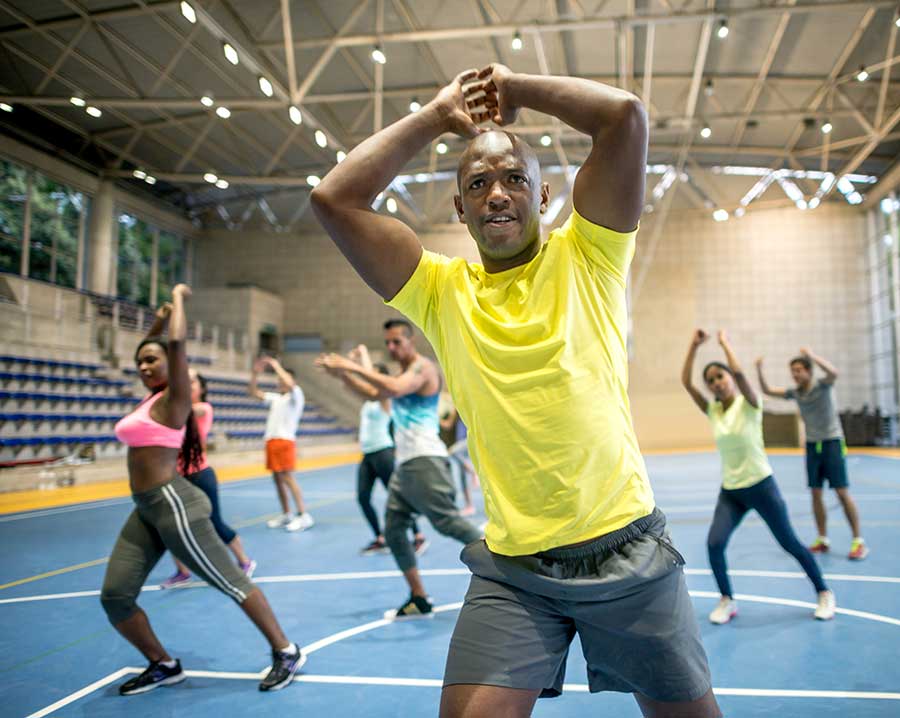Chapter 89. Methods of Managing Stress
Learning Objectives
Describe some effective methods of coping with stress.
Contrast problem-focused coping and emotion-focused coping.
Review
Review
Select the NEXT button to continue with the Review.

1. Brief periods of mild stress can be good for us, as the stress activates physical and cognitive processes that help us reach our peak performance on important tasks. However, chronic stress can impair our health and trigger depression or other psychological problems.
Review
Review
Select the NEXT button to continue with the Review.

2. Methods of coping with stress can reduce some of its damaging effects. One approach, called problem-focused coping, targets the source of the stress (the stressor). If you are feeling stress about a writing assignment, the best way to reduce that stress is to complete the assignment. If a relationship is the source of your stress, you could cope with the stress by investing effort in improving that relationship.
Review
Review
Select the NEXT button to continue with the Review.

3. In contrast, emotion-focused coping does not address the stressor, but instead attempts to manage the negative emotions produced by the stressor. This type of coping can be useful, but sometimes leads to an unhealthy reliance on alcohol or other drugs, or an overindulgence in favorite “comfort foods.”
Review
Review
Select the NEXT button to continue with the Review.


4. Other methods of emotion-focused coping are much more effective. Social support from friends or family reduces the body’s stress response and suppresses negative emotions. Aerobic exercise produces the same effects, along with other health benefits.
Review
Review
Select the NEXT button to continue with the Review.
5. Some methods of emotion-focused coping are specifically directed toward reducing the body’s stress response by inducing relaxation. Mindfulness meditation directs your attention to muscle tension and breathing rate, calming both your body and your brain. Biofeedback measures and reports your physiological responses such as heart rate and muscle tension, helping you learn techniques to relax your body.
Review
Review
Select the NEXT button to continue with the Review.

6. Some individuals, especially those with an internal locus of control, typically respond to stress with problem-focused coping. Other individuals who have an external locus of control may lack confidence that they can change the situation, and thus typically use emotion-focused coping.
Practice: Coping with Stress
Practice: Coping with Stress
Roll over each of the images to view a description of that method of stress management.





Emotion-focused coping through social support: reducing the intensity of the negative stress-related emotions by seeking comfort from friends and family
Problem-focused coping by solving the problem: directly addressing the stress of an important writing assignment by completing the assignment
Emotion-focused coping through aerobic exercise: managing the stress response and improving mood while increasing cardiovascular health
Emotion-focused coping through meditation: calming body and mind by paying attention to moment-to-moment conscious experience
Emotion-focused coping through biofeedback: using physiological measurements to learn how to relax the muscles and slow the heart rate
Quiz 1
Quiz 1
Match the terms to the descriptions by dragging each colored circle to the appropriate gray circle. When all the circles have been placed, select the CHECK ANSWER button.
Quiz 2
Quiz 2
Drag each term to the gray area in front of a matching description. When all the terms have been placed, select the CHECK ANSWER button.
managing stress by directly confronting the source of the stress.
managing stress by reducing the negative feelings produced by the stress.
more likely to be used by individuals with internal locus of control.
more likely to be used by individuals with external locus of control.